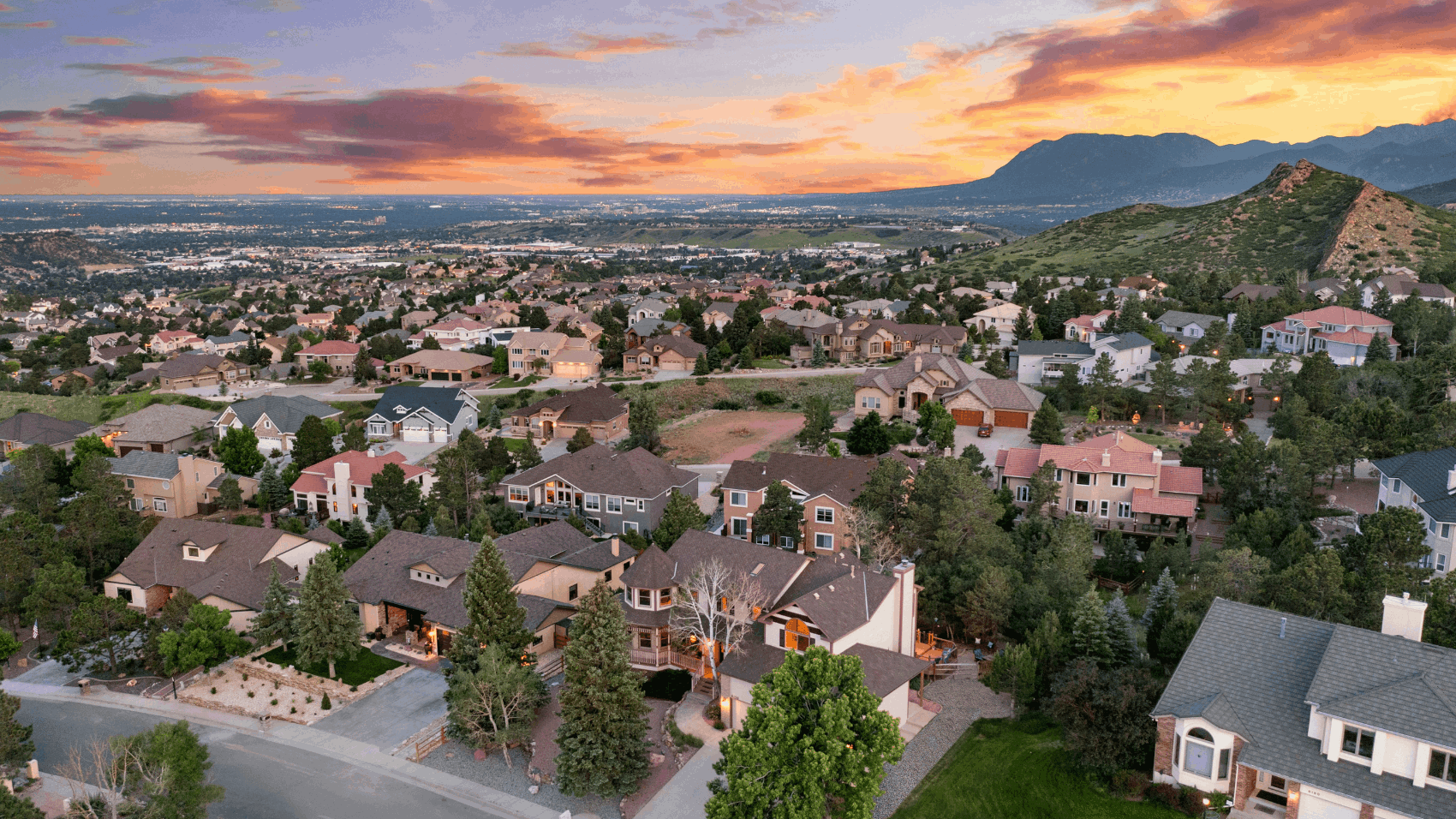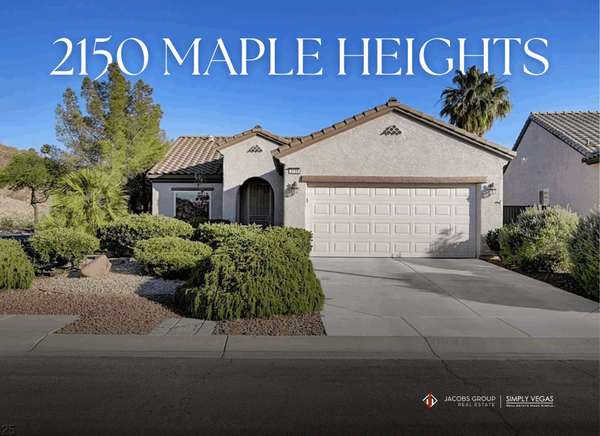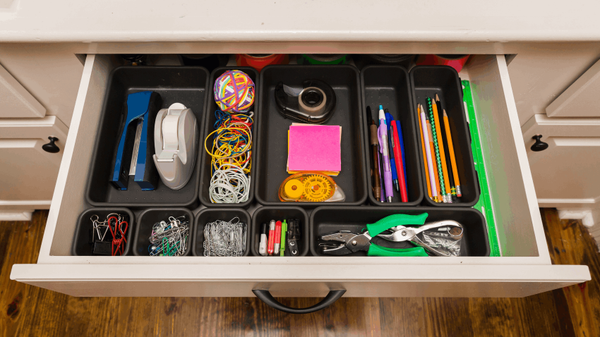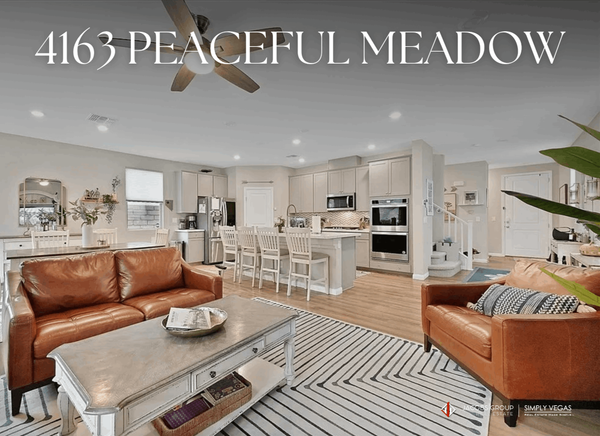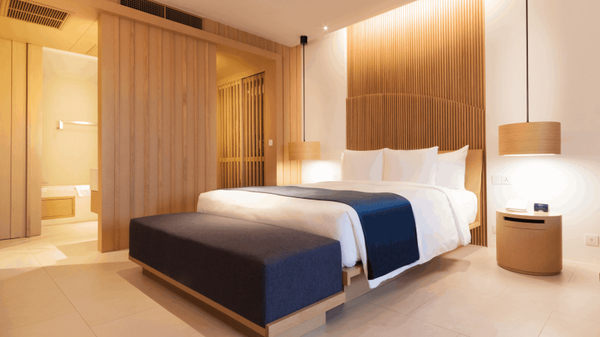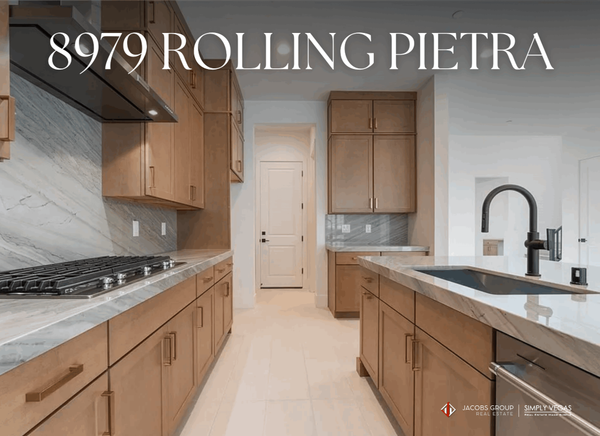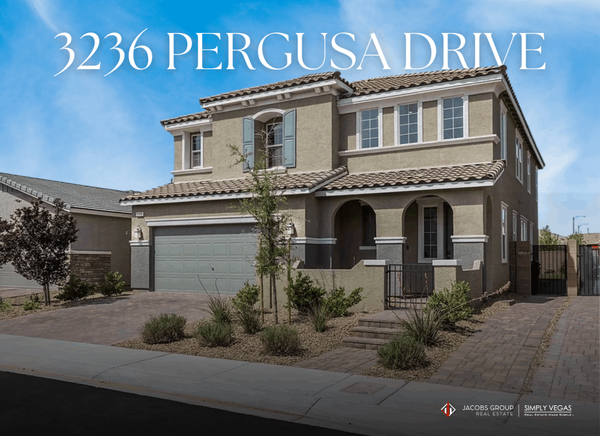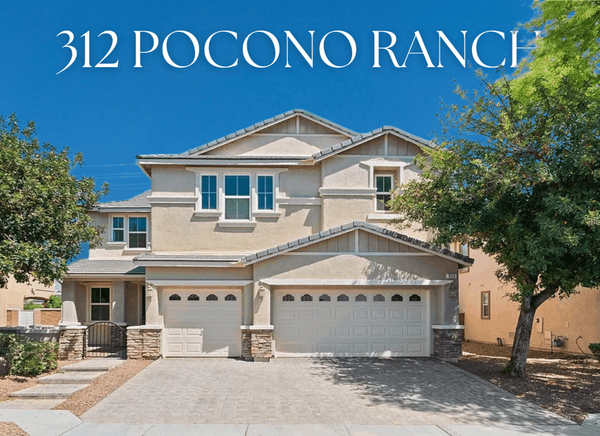When buying a home, it’s easy to focus on the property itself—square footage, number of bedrooms, or modern finishes. But savvy buyers know that the surrounding neighborhood can have just as much, if not more, impact on a home’s long-term value. While home improvements can add appeal, location is one factor you can’t change. Understanding which neighborhood features add lasting value can help you make a smarter investment—and enjoy a better quality of life while you live there.
1. Quality Schools
Even for homeowners without children, proximity to highly rated schools is one of the strongest indicators of long-term property value. Good schools often translate to higher demand and increased resale potential. In many cases, homes in top school districts maintain their value better during economic downturns and appreciate faster when the market is strong.
2. Low Crime Rates
Safety is a top concern for buyers, and neighborhoods with lower crime rates consistently attract more interest. Beyond peace of mind, low-crime areas are seen as more desirable, resulting in stronger appreciation over time. Tools like local police department websites or apps like CrimeMapping can help buyers research safety stats.
3. Walkability and Access to Amenities
Walkable neighborhoods—where residents can easily reach parks, coffee shops, grocery stores, and restaurants—are growing in popularity. Easy access to everyday amenities not only adds convenience but also boosts a neighborhood’s desirability and, by extension, property values. A high Walk Score often correlates with a more vibrant, connected community.
4. Green Spaces and Parks
Access to public parks, trails, and open spaces contributes to both lifestyle and property value. Studies show that homes near well-maintained green areas tend to sell for higher prices. Whether it’s a family enjoying weekend picnics or a couple walking their dog, outdoor spaces offer an appealing escape from the daily grind.
5. Strong Community Involvement
A well-organized neighborhood with active community groups or a homeowners’ association (HOA) often indicates a pride of ownership. Events like neighborhood clean-ups, holiday parties, or local farmers markets foster a sense of connection that makes the area more attractive to potential buyers. Communities that work together often stay together—and tend to maintain or increase in value.
6. Public Transportation and Commute Times
Proximity to public transportation, major highways, or employment hubs is a practical feature that adds long-term value. Homes near transit options appeal to a broader range of buyers, especially in urban areas where traffic is a concern. Easy commutes are a major selling point that will remain relevant for years to come.
Final Thoughts
When it comes to real estate, it’s not just about the house—it’s about the community around it. A beautiful home in a declining neighborhood won’t hold value the same way a modest home in a thriving area will. By paying attention to the features that matter most to buyers over time—like safety, schools, amenities, and green space—you’ll be investing in more than just a property. You’ll be investing in future value.
